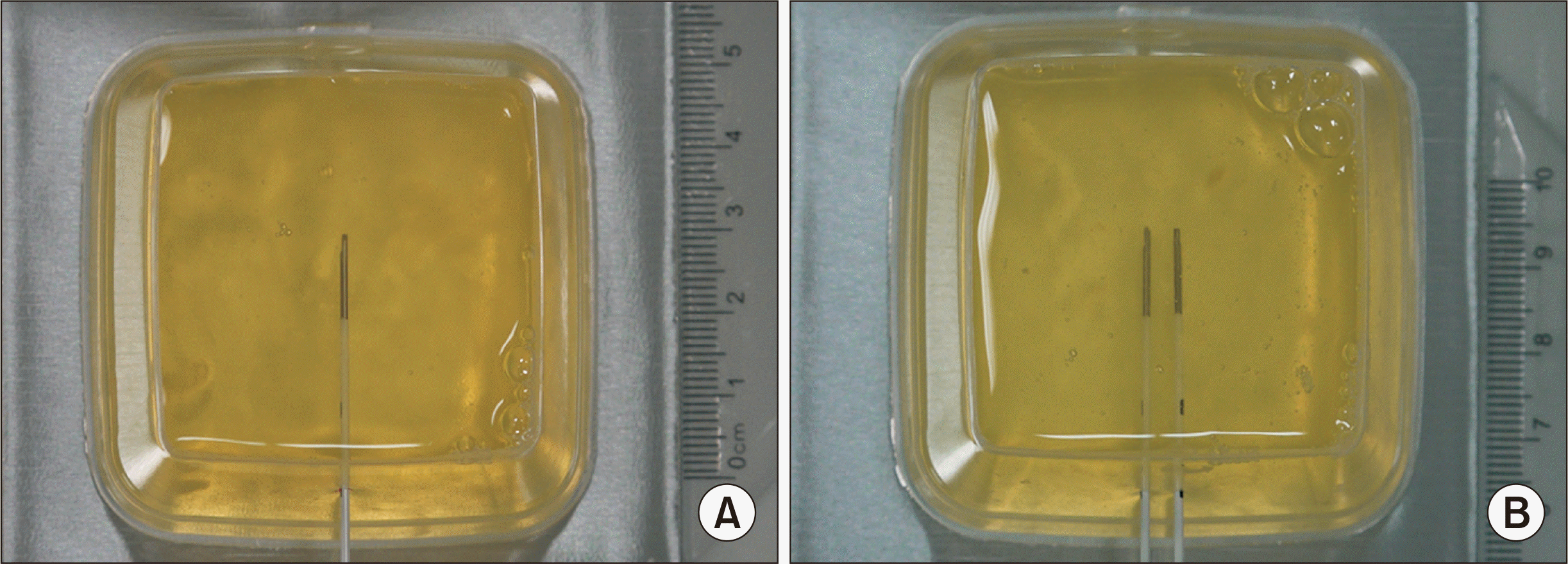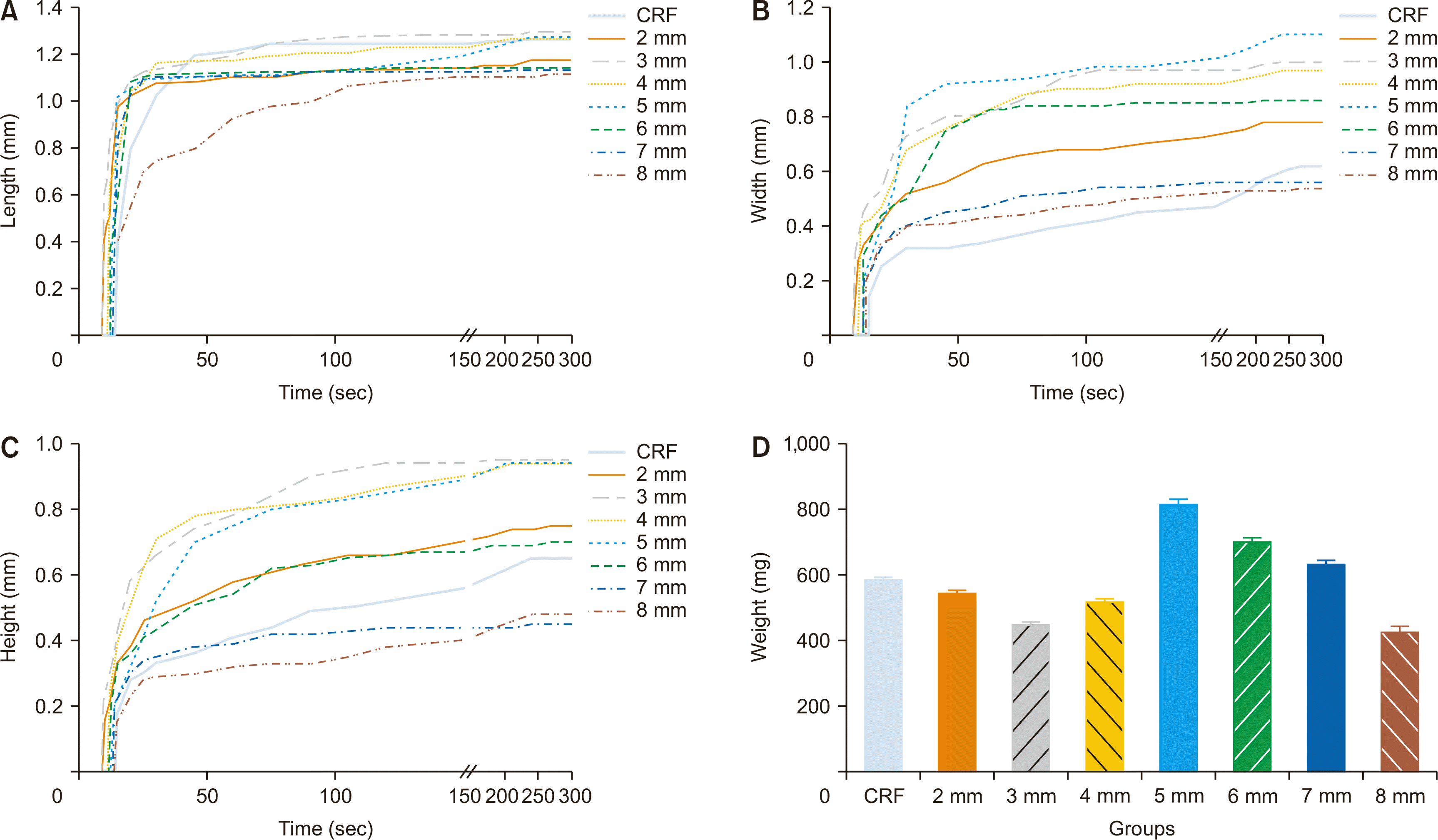2. Freer G, Pistello M. 2018; Varicella-zoster virus infection: natural history, clinical manifestations, immunity and current and future vaccination strategies. New Microbiol. 41:95–105. PMID:
29498740.
7. Kawai K, Yawn BP, Wollan P, Harpaz R. 2016; Increasing incidence of herpes zoster over a 60-year period from a population-based study. Clin Infect Dis. 63:221–6. DOI:
10.1093/cid/ciw296. PMID:
27161774. PMCID:
PMC4928389.

8. Forbes HJ, Thomas SL, Smeeth L, Clayton T, Farmer R, Bhaskaran K, et al. 2016; A systematic review and meta-analysis of risk factors for postherpetic neuralgia. Pain. 157:30–54. DOI:
10.1097/j.pain.0000000000000307. PMID:
26218719. PMCID:
PMC4685754.

9. Koshy E, Mengting L, Kumar H, Jianbo W. 2018; Epidemiology, treatment and prevention of herpes zoster: a comprehensive review. Indian J Dermatol Venereol Leprol. 84:251–62. DOI:
10.4103/ijdvl.IJDVL_1021_16. PMID:
29516900.

10. Gross GE, Eisert L, Doerr HW, Fickenscher H, Knuf M, Maier P, et al. 2020; S2k guidelines for the diagnosis and treatment of herpes zoster and postherpetic neuralgia. J Dtsch Dermatol Ges. 18:55–78. DOI:
10.1111/ddg.14013. PMID:
31951098.

11. Kim ED, Lee YI, Park HJ. 2017; Comparison of efficacy of continuous epidural block and pulsed radiofrequency to the dorsal root ganglion for management of pain persisting beyond the acute phase of herpes zoster. PLoS One. 12:e0183559. DOI:
10.1371/journal.pone.0183559. PMID:
28827823. PMCID:
PMC5565119.

12. Kim K, Jo D, Kim E. 2017; Pulsed radiofrequency to the dorsal root ganglion in acute herpes zoster and postherpetic neuralgia. Pain Physician. 20:E411–8. PMID:
28339440.
13. Cahana A, Vutskits L, Muller D. 2003; Acute differential modulation of synaptic transmission and cell survival during exposure to pulsed and continuous radiofrequency energy. J Pain. 4:197–202. DOI:
10.1016/S1526-5900(03)00554-6. PMID:
14622704.

14. Usmani H, Dureja GP, Andleeb R, Tauheed N, Asif N. 2018; Conventional radiofrequency thermocoagulation vs pulsed radiofrequency neuromodulation of ganglion Impar in chronic perineal pain of nononcological origin. Pain Med. 19:2348–56. DOI:
10.1093/pm/pnx244. PMID:
29329442.

15. Huang B, Xie K, Chen Y, Wu J, Yao M. 2019; Bipolar radiofrequency ablation of mandibular branch for refractory V3 trigeminal neuralgia. J Pain Res. 12:1465–74. DOI:
10.2147/JPR.S197967. PMID:
31190956. PMCID:
PMC6514122.
16. Lin H, Cao G, Jin G, Yang Z, Huang C, Shao J, et al. 2021; Extracranial non-gasserian ganglion application of radiofrequency thermocoagulation on the mandibular branch of the trigeminal through the foramen ovale for trigeminal neuralgia. Pain Physician. 24:E425–32. PMID:
34213867.
17. Chang AK, Bijur PE, Esses D, Barnaby DP, Baer J. 2017; Effect of a single dose of oral opioid and nonopioid analgesics on acute extremity pain in the emergency department: a randomized clinical trial. JAMA. 318:1661–7. DOI:
10.1001/jama.2017.16190. PMID:
29114833. PMCID:
PMC5818795.

18. Matsumoto I, Kamei K, Murase T, Yoshida Y, Kawaguchi K, Matsumoto M, et al. 2020; Surgical treatment for chronic pancreatitis: a single-center retrospective study in Japan. J Hepatobiliary Pancreat Sci. 27:632–9. DOI:
10.1002/jhbp.795. PMID:
32603018.

19. Issa Y, Kempeneers MA, Bruno MJ, Fockens P, Poley JW, Ahmed Ali U, et al. 2020; Effect of early surgery vs endoscopy-first approach on pain in patients with chronic pancreatitis: the ESCAPE randomized clinical trial. JAMA. 323:237–47. DOI:
10.1001/jama.2019.20967. PMID:
31961419. PMCID:
PMC6990680.

20. Fang L, Jingjing L, Ying S, Lan M, Tao W, Nan J. 2016; Computerized tomography-guided sphenopalatine ganglion pulsed radiofrequency treatment in 16 patients with refractory cluster headaches: twelve- to 30-month follow-up evaluations. Cephalalgia. 36:106–12. DOI:
10.1177/0333102415580113. PMID:
25896484.

21. Yao P, Hong T, Wang ZB, Ma JM, Zhu YQ, Li HX, et al. 2016; Treatment of bilateral idiopathic trigeminal neuralgia by radiofrequency thermocoagulation at different temperatures. Medicine (Baltimore). 95:e4274. DOI:
10.1097/MD.0000000000004274. PMID:
27442662. PMCID:
PMC5265779.

22. Ding Y, Li H, Hong T, Zhu Y, Yao P, Zhou G. 2018; Combination of pulsed radiofrequency with continuous radiofrequency thermocoagulation at low temperature improves efficacy and safety in V2/V3 primary trigeminal neuralgia. Pain Physician. 21:E545–53. DOI:
10.36076/ppj.2018.5.E545. PMID:
30282402.
23. Elawamy A, Abdalla EEM, Shehata GA. 2017; Effects of pulsed versus conventional versus combined radiofrequency for the treatment of trigeminal neuralgia: a prospective study. Pain Physician. 20:E873–81. DOI:
10.36076/ppj.20.5.E873. PMID:
28934792.
24. Song L, He L, Pei Q, Peng K, Wang N, Guo Z, et al. 2019; CT-guided percutaneous radiofrequency thermocoagulation for glossopharyngeal neuralgia: a retrospective clinical study of 117 cases. Clin Neurol Neurosurg. 178:42–5. DOI:
10.1016/j.clineuro.2019.01.013. PMID:
30708339.

25. Ding Y, Yao P, Li H, Han Z, Wang S, Hong T, et al. 2019; CT-guided stellate ganglion pulsed radiofrequency stimulation for facial and upper limb postherpetic neuralgia. Front Neurosci. 13:170. DOI:
10.3389/fnins.2019.00170. PMID:
30906243. PMCID:
PMC6418026.

26. Lin CS, Lin YC, Lao HC, Chen CC. 2019; Interventional treatments for postherpetic neuralgia: a systematic review. Pain Physician. 22:209–28. DOI:
10.36076/ppj/2019.22.209. PMID:
31151330.
27. Gulec E, Ozbek H, Pektas S, Isik G. 2017; Bipolar versus unipolar intraarticular pulsed radiofrequency thermocoagulation in chronic knee pain treatment: a prospective randomized trial. Pain Physician. 20:197–206. DOI:
10.36076/ppj.2017.206. PMID:
28339432.
28. Wan C, Dong DS, Song T. 2019; High-voltage, long-duration pulsed radiofrequency on Gasserian ganglion improves acute/subacute zoster-related trigeminal neuralgia: a randomized, double-blinded, controlled trial. Pain Physician. 22:361–8. DOI:
10.36076/ppj/2019.22.361. PMID:
31337167.
29. Arakawa K, Kaku R, Kurita M, Matsuoka Y, Morimatsu H. 2018; Prolonged-duration pulsed radiofrequency is associated with increased neuronal damage without further antiallodynic effects in neuropathic pain model rats. J Pain Res. 11:2645–51. DOI:
10.2147/JPR.S168064. PMID:
30464582. PMCID:
PMC6214336.









 PDF
PDF Citation
Citation Print
Print




 XML Download
XML Download